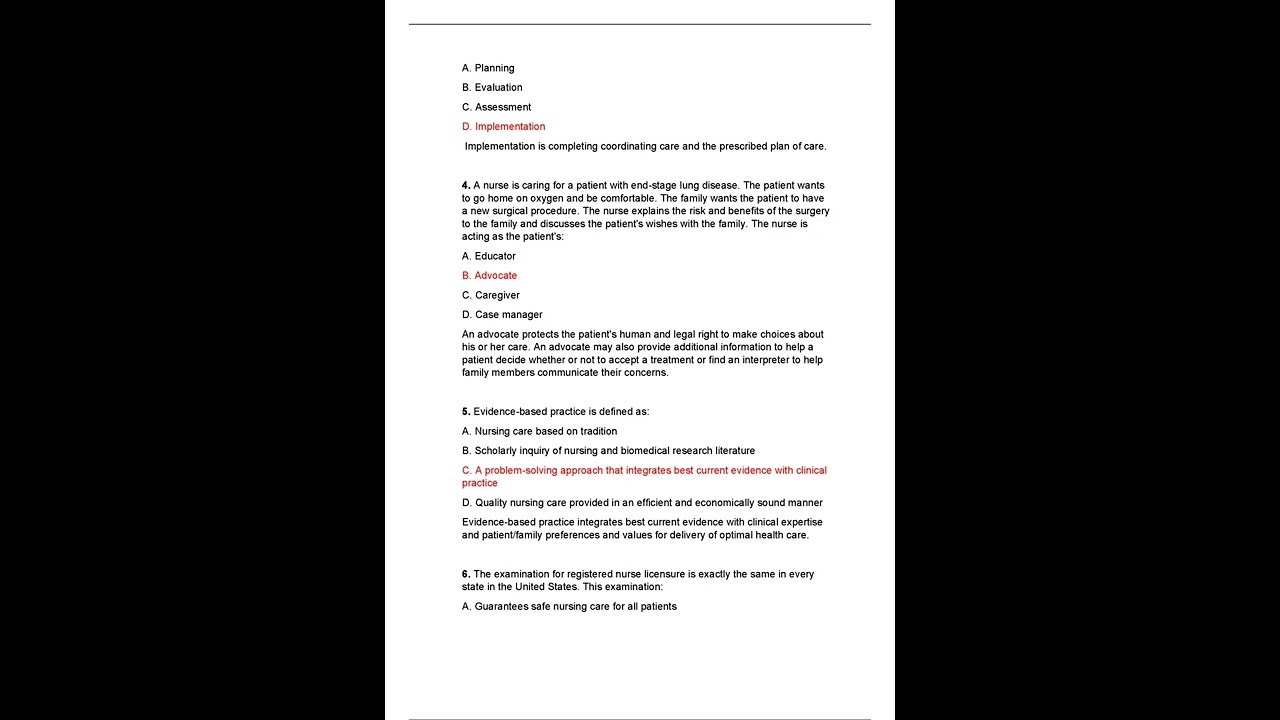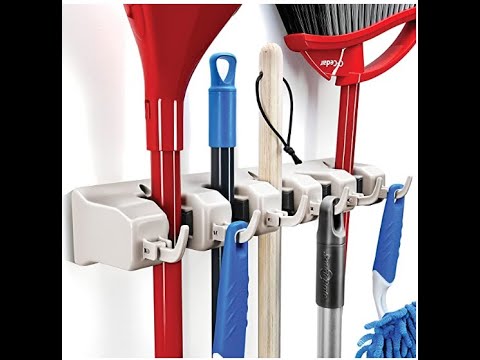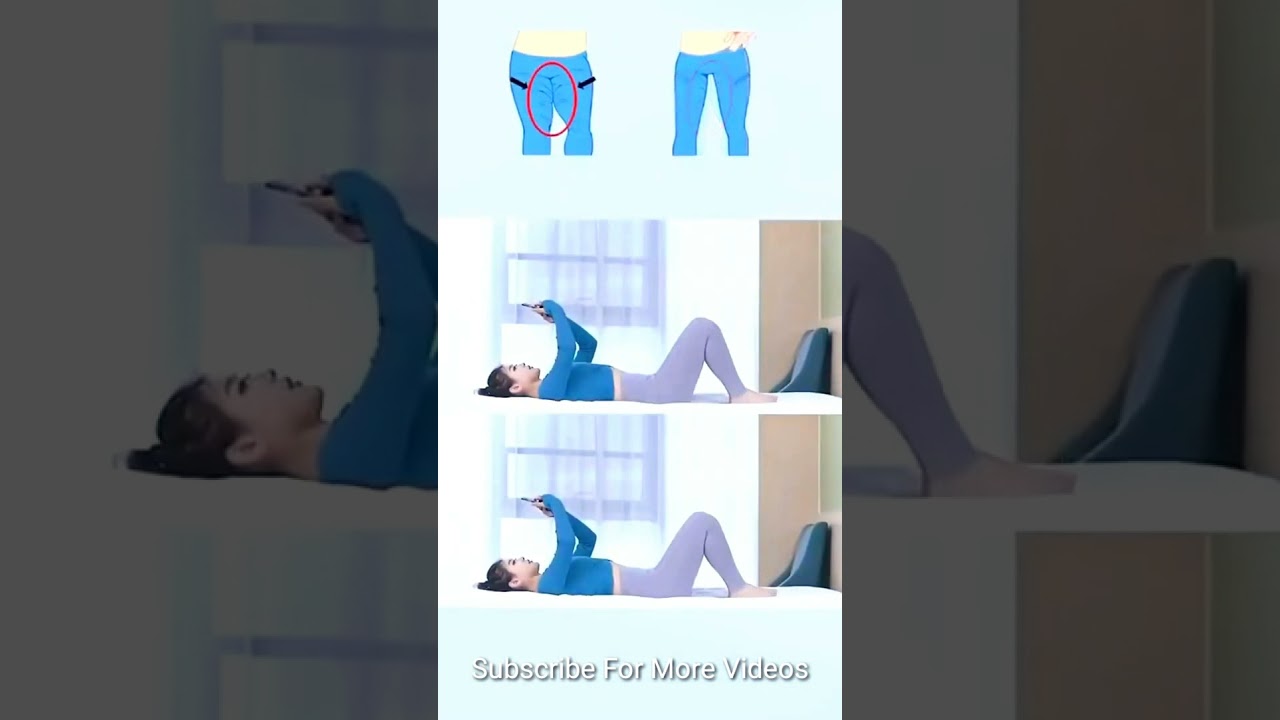VISIT QWIVY.COM TO BUY PDF 2022
NR 222 EXAM 1 PRACTICE QUESTIONS
1.You are participating in a clinical care coordination conference for a patient with
terminal cancer. You talk with your colleagues about using the nursing code of
ethics for professional registered nurses to guide care decisions. A nonnursing
colleague asks about this code. Which of the following statements best describes
this code?
A. Improves self-health care
B. Protects the patient’s confidentiality
C. Ensures identical care to all patients
D. Defines the principles of right and wrong to provide patient care
D. Defines the principles of right and wrong to provide patient care
When giving care, it is essential to provide a specified service according to
standards of practice and to follow a code of ethics. The code of ethics is the
philosophical ideals of right and wrong that define the principles you will use to
provide care for your patients. The code serves as a guide for carrying out
nursing responsibilities to provide quality nursing care and the ethical obligations
of the profession.
2. An 18-year-old woman is in the emergency department with fever and cough.
The nurse obtains her vital signs, auscultates her lung sounds, listens to her
heart sounds, determines her level of comfort, and collects blood and sputum
samples for analysis. Which standard of practice is performed?
A. Diagnosis
B. Evaluation
C. Assessment
D. Implementation
Assessment is the collection of comprehensive data pertinent to the patient’s
health and/or the situation.
3. A patient in the emergency department has developed wheezing and
shortness of breath. The nurse gives the ordered medicated nebulizer treatment
now and in 4 hours. Which standard of practice is performed?
A. Planning
B. Evaluation
C. Assessment
D. Implementation
Implementation is completing coordinating care and the prescribed plan of care.
4. A nurse is caring for a patient with end-stage lung disease. The patient wants
to go home on oxygen and be comfortable. The family wants the patient to have
a new surgical procedure. The nurse explains the risk and benefits of the surgery
to the family and discusses the patient’s wishes with the family. The nurse is
acting as the patient’s:
A. Educator
B. Advocate
C. Caregiver
D. Case manager
An advocate protects the patient’s human and legal right to make choices about
his or her care. An advocate may also provide additional information to help a
patient decide whether or not to accept a treatment or find an interpreter to help
family members communicate their concerns.
5. Evidence-based practice is defined as:
A. Nursing care based on tradition
B. Scholarly inquiry of nursing and biomedical research literature
C. A problem-solving approach that integrates best current evidence with clinical
practice
D. Quality nursing care provided in an efficient and economically sound manner
Evidence-based practice integrates best current evidence with clinical expertise
and patient/family preferences and values for delivery of optimal health care.
6. The examination for registered nurse licensure is exactly the same in every
state in the United States. This examination:
A. Guarantees safe nursing care for all patients
B. Ensures standard nursing care for all patients
C. Ensures that honest and ethical care is provided
D. Provides a minimal standard of knowledge for a registered nurse in practice
Registered nurse (RN) candidates must pass the NCLEX-RN® that the individual
State Boards of Nursing administer. Regardless of educational preparation, the
examination for RN licensure is exactly the same in every state in the United
States. This provides a standardized minimum knowledge base for nurses.
7. Contemporary nursing requires that the nurse has knowledge and skills for a
variety of professional roles and responsibilities. Which of the following are
examples? (Select all that apply.)
A. Caregiver
B. Autonomy and accountability
C. Patient advocate
D. Health promotion
E. Lobbyist
Each of these roles includes activities for the professional nurse. Each of these is
used in direct care or is part of professionalism that guides nursing practice.
source



